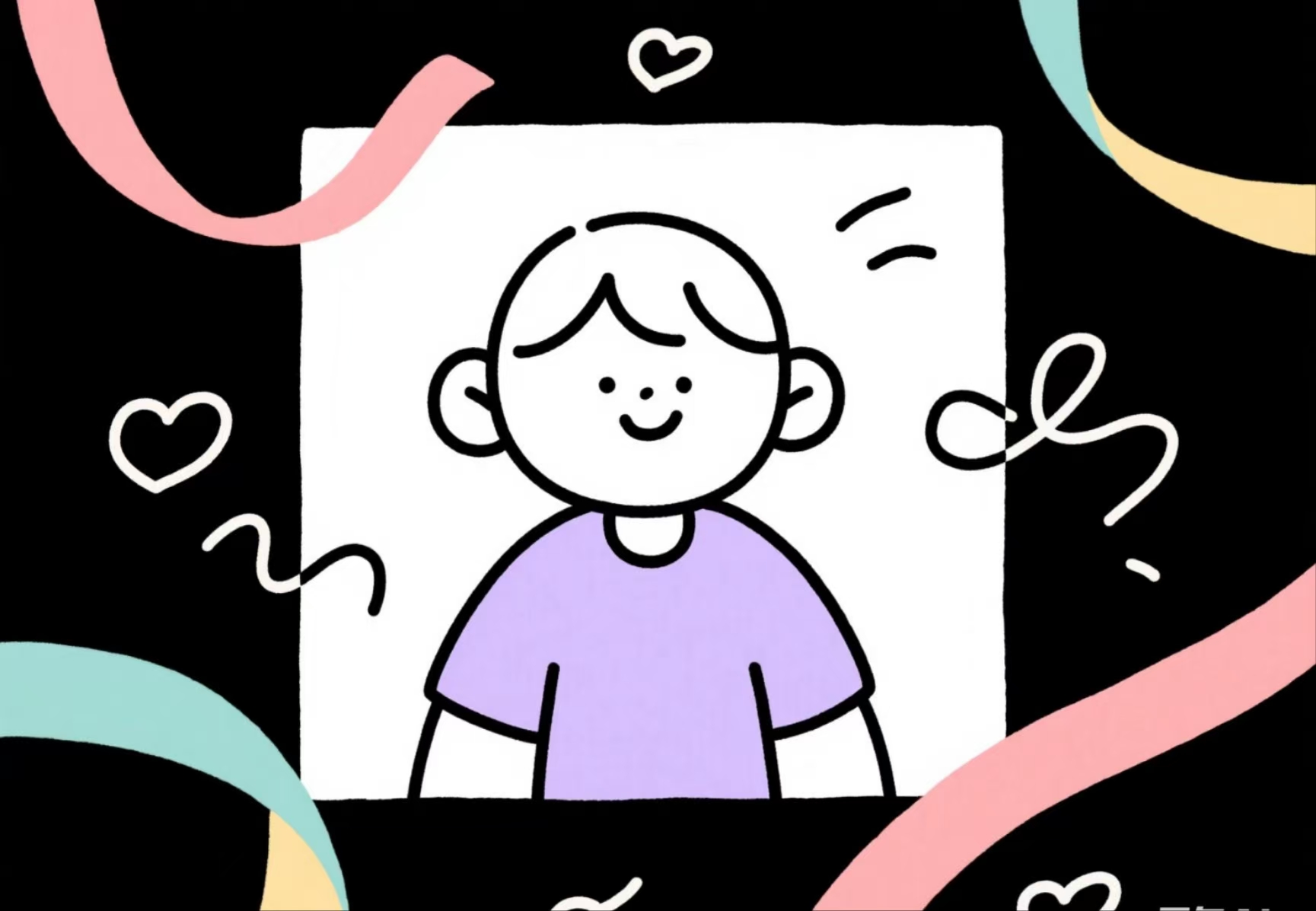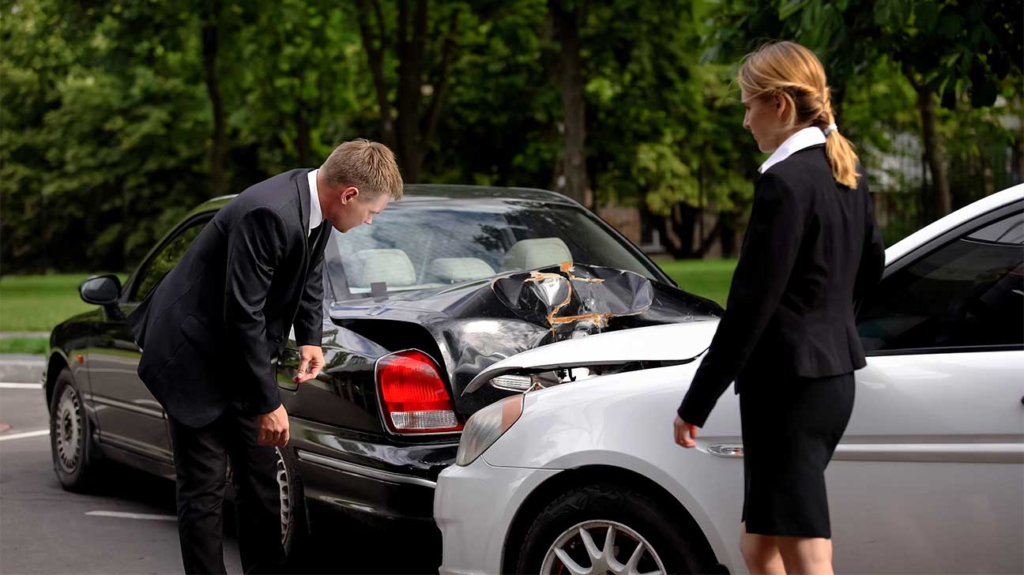Slip and fall cases are among the most common personal injury claims, often resulting from hazardous conditions on someone else’s property. These incidents can lead to serious injuries, financial burdens, and lengthy legal battles. This article explores the key aspects of slip and fall cases, including their causes, who may be held liable, and the legal options available to victims.Slip and fall accidents can occur anywhere—from grocery stores and sidewalks to workplaces and private homes. Common causes include:
- Wet or slippery floors due to spills, leaks, or weather conditions
- Uneven or damaged flooring, such as cracked tiles or loose carpeting
- Poor lighting that obscures hazards
- Lack of handrails on staircases
- Cluttered walkways or obstructed pathways
Property owners have a legal duty to maintain safe premises for visitors. When they fail to address known hazards or warn guests of potential dangers, they may be held liable for resulting injuries. However, proving liability in slip and fall cases can be complex. Courts typically consider factors like:
- Whether the property owner caused the hazardous condition
- Whether the owner knew about the danger but neglected to fix it
- Whether a reasonable person would have noticed and avoided the hazard
If you’ve been injured in a slip and fall accident, taking the right steps can strengthen your potential case:
- Seek medical attention immediately, even if injuries seem minor
- Document the scene with photos or videos of the hazard
- Get contact information from any witnesses
- Report the incident to the property owner or manager
- Preserve evidence like the shoes you were wearing
- Avoid giving statements to insurance adjusters without legal counsel

The compensation available in slip and fall cases varies depending on the severity of injuries and circumstances of the accident. Potential damages may include:
- Medical expenses (current and future)
- Lost wages and reduced earning capacity
- Pain and suffering
- Emotional distress
- Punitive damages in cases of gross negligence
Many slip and fall cases settle out of court, but some proceed to trial when parties cannot agree on fault or compensation amounts. The legal process typically involves:
- Filing a claim with the property owner’s insurance company
- Negotiation between attorneys
- Mediation or arbitration if needed
- Litigation if settlement attempts fail
Statutes of limitations restrict how long victims have to file slip and fall lawsuits. These time limits vary by jurisdiction but generally range from one to six years from the date of injury. Missing this deadline usually means forfeiting your right to compensation.Preventing slip and fall accidents requires vigilance from both property owners and visitors. Property owners should:
- Regularly inspect premises for hazards
- Promptly clean spills and repair damaged flooring
- Use proper signage to warn of temporary dangers
- Maintain adequate lighting in all areas
Visitors can reduce their risk by:
- Wearing appropriate footwear
- Paying attention to their surroundings
- Using handrails on stairs
- Reporting hazards to property management
Slip and fall cases serve an important role in holding negligent parties accountable while compensating injured victims. By understanding your rights and legal options, you can make informed decisions if you ever find yourself in such an unfortunate situation.

